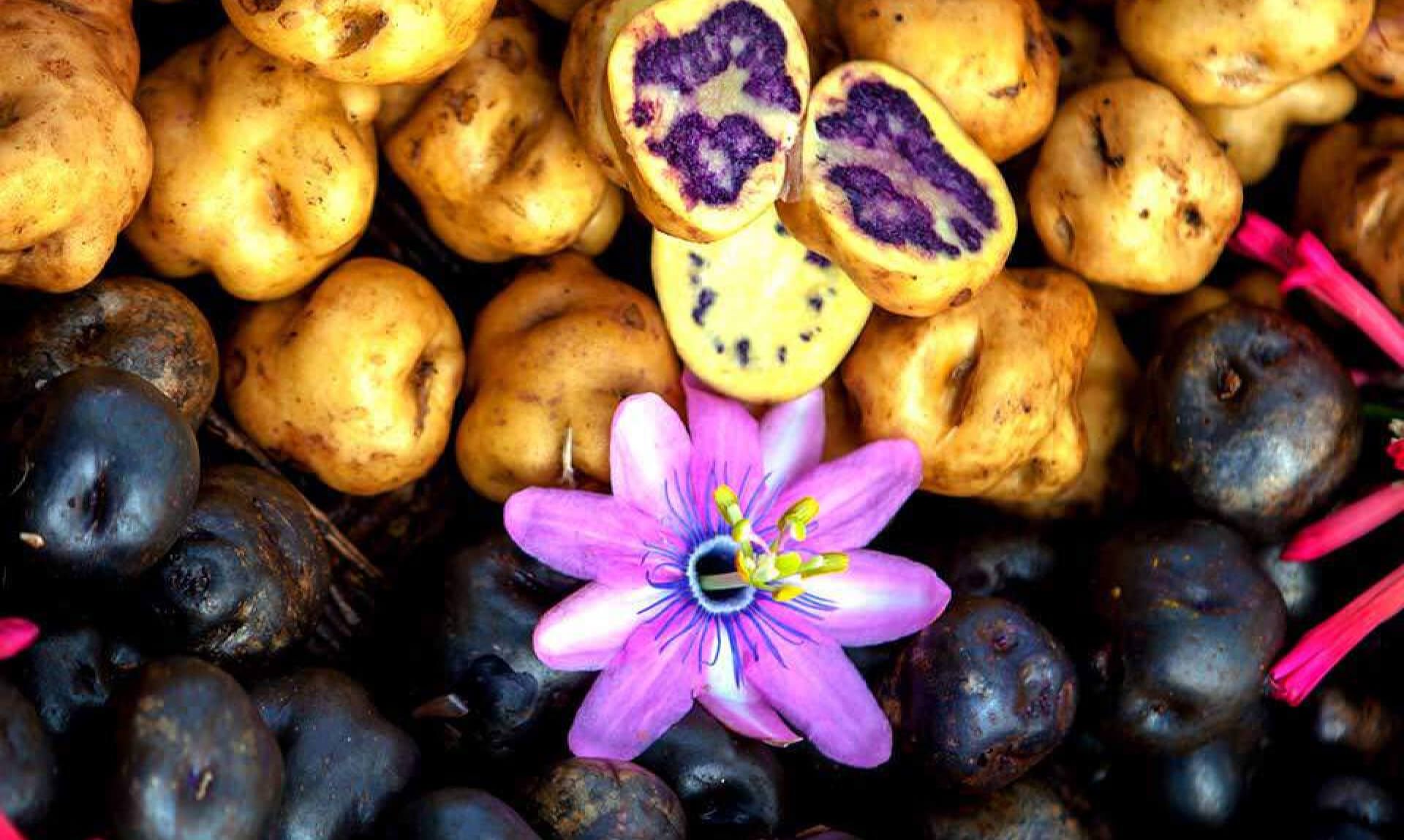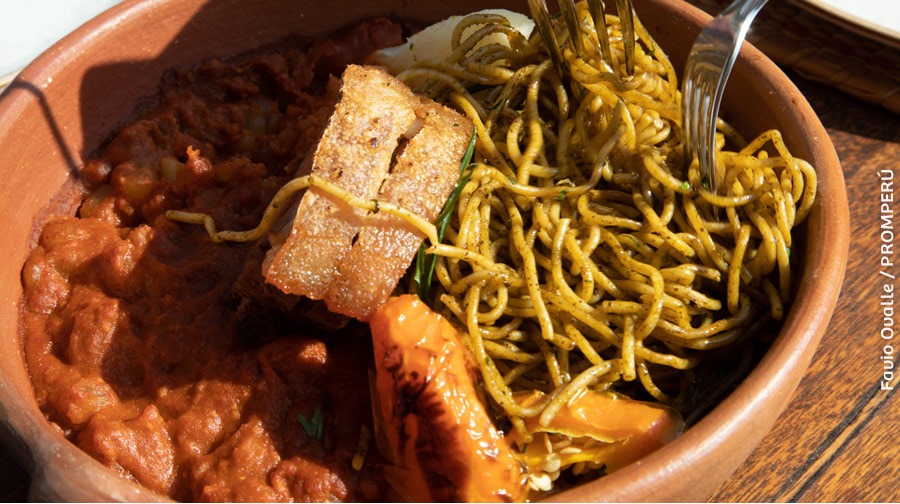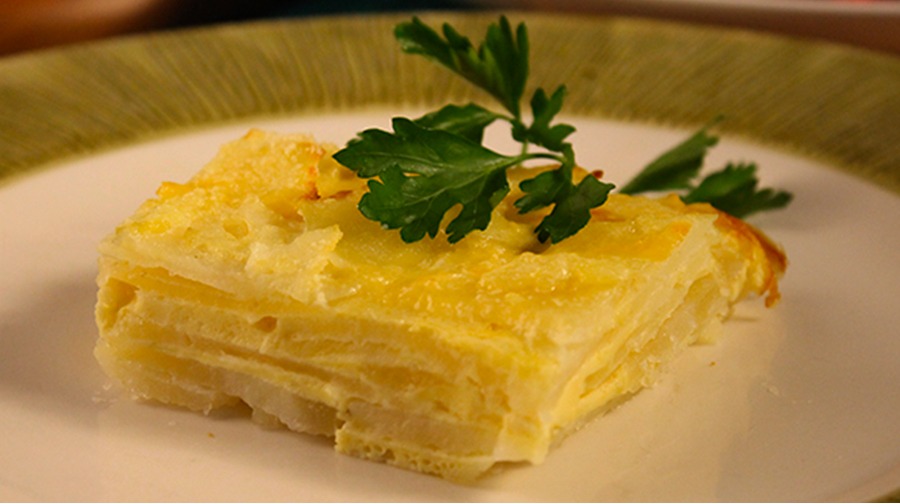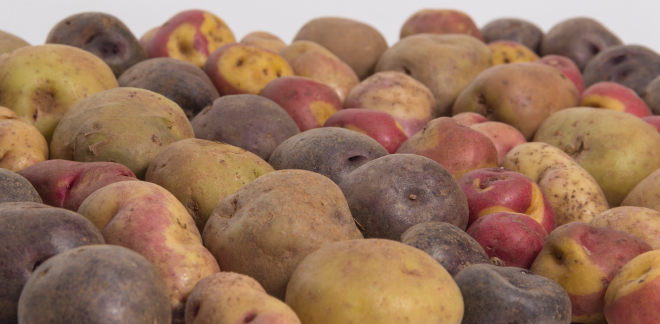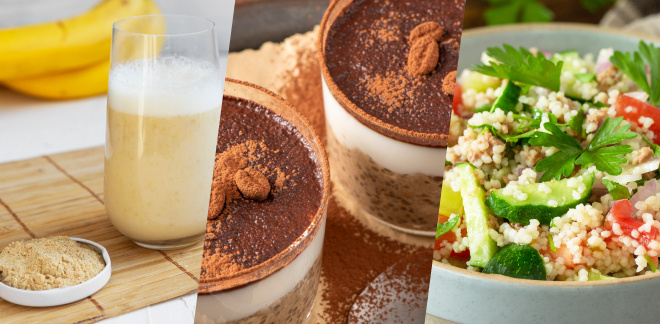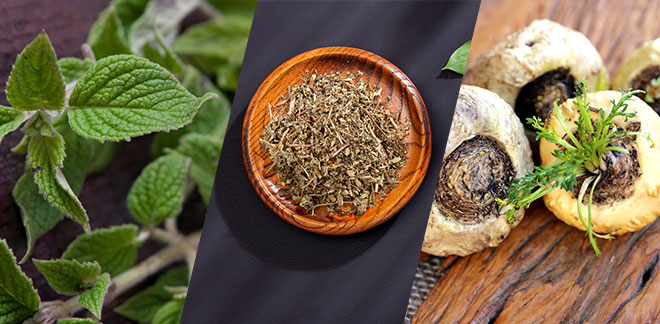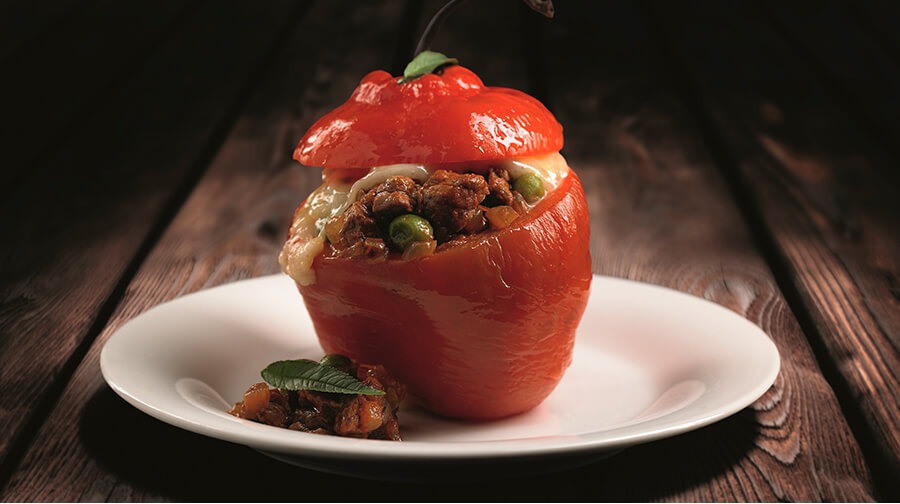Sopa Seca, the typical dish from Chincha that all Peruvians fall in love with.
Síguenos en:Google News
One of the most delicious dishes of our country has its origin in the time of Independence with the migration of the Italians and the gastronomic exchange of each culture. Learn more about this delicious dish served with Carapulcra!
The typical food of Peru makes more than one to fall in love with. Our gastronomy speaks a lot about our culture. One of the most delicious dishes in Peru is the famous Sopa Seca (Dry soup). This dish from Chincha has a particular history.
During the time of our Independence, Italian migrants had already settled. They had a close relationship with the Spanish people who already lived here and decided to leave their country after the defeat against Napoleon in search of new opportunities. One of those destinations was Peru, especially the city of Chincha, in Ica.
In 1880, we already had some fusion dishes brought from Europe such as pasta, empanadas, Peruvian Minestrone, panettone, bread, chard pie and more. Afro-Peruvians from Chincha seasoned Italian pasta (and later made their own) with chili and other Peruvian spices that gave it a particular taste, creating what we know today as Sopa Seca.
The historian Luis Canepa pointed out that, the Sopa Seca was considered a traditional dish for wedding and christenings receptions during most of the 20th century. It was served with Carapulcra creating the beloved Manchapecho. This name comes from the delicious combination of these two dishes and the risk of staining the chest with the color of its ingredients. Unavoidable!
PREPARATION
Making Sopa Seca is not difficult. First, heat the oil in a pot. Add chopped onion and garlic. Then, season with salt, pepper, and cumin. Second, blend the basil with a little of chicken broth. The blend is poured into the pot with the seasoning. Add the chopped tomato, the grated carrot and wait about 5 minutes.
Once it boils, add the spaghetti split with the hands. Egg, chicken, olive, and parsley are also added. Finally, lower the heat and wait for the gravy to dry before serving warm.
There is no doubt that this dish from Ica will leave everyone licking their fingers. Let’s eat up!

